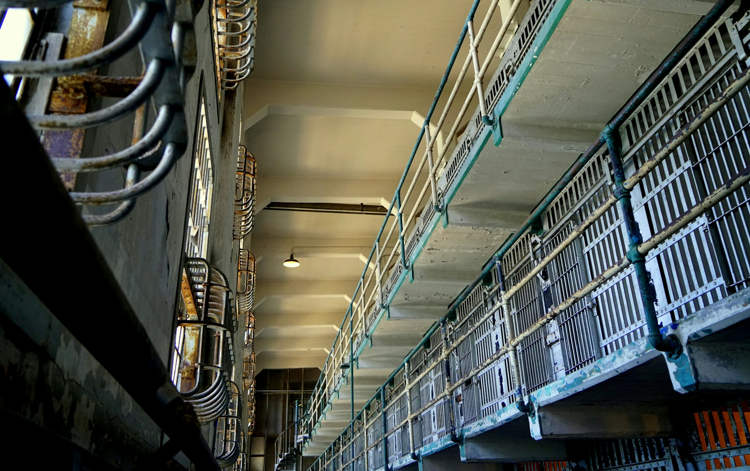How would you like to see what people in New York are doing all across from London?
The Telectroscope was born from a very old, wacky idea of digging a tunnel to the other side of the world. Many of us had this idea or at least saw it in practice in children’s cartoons but nobody was crazy enough to try it. Nobody except artist Paul St. George who actually did it…sort of. He came across a 19th century article where a reporter misspelled the word electroscope, a device that measures electrostatic charges, and even misunderstood what it does, saying it was a device for the suppression of absence. The idea was a big thing at the time and people’s imagination started working, so St. George thought he’d try to put it in practice.
The Telectroscopes built in London and New York allow passers-by to take a look at what people are doing on the other side of the devices, not through a tunnel built between them but through a trans-Atlantic broadband network and HD cameras. So during the day Londoners can take a look at New York during the night and vice-versa.
The Telectroscope will be available for the public until June 15 and the company that created it wants to host special reunions between family and friends and even a marriage proposal from the other side of the Atlantic.
Read more on this incredible device right here

Read More »









































